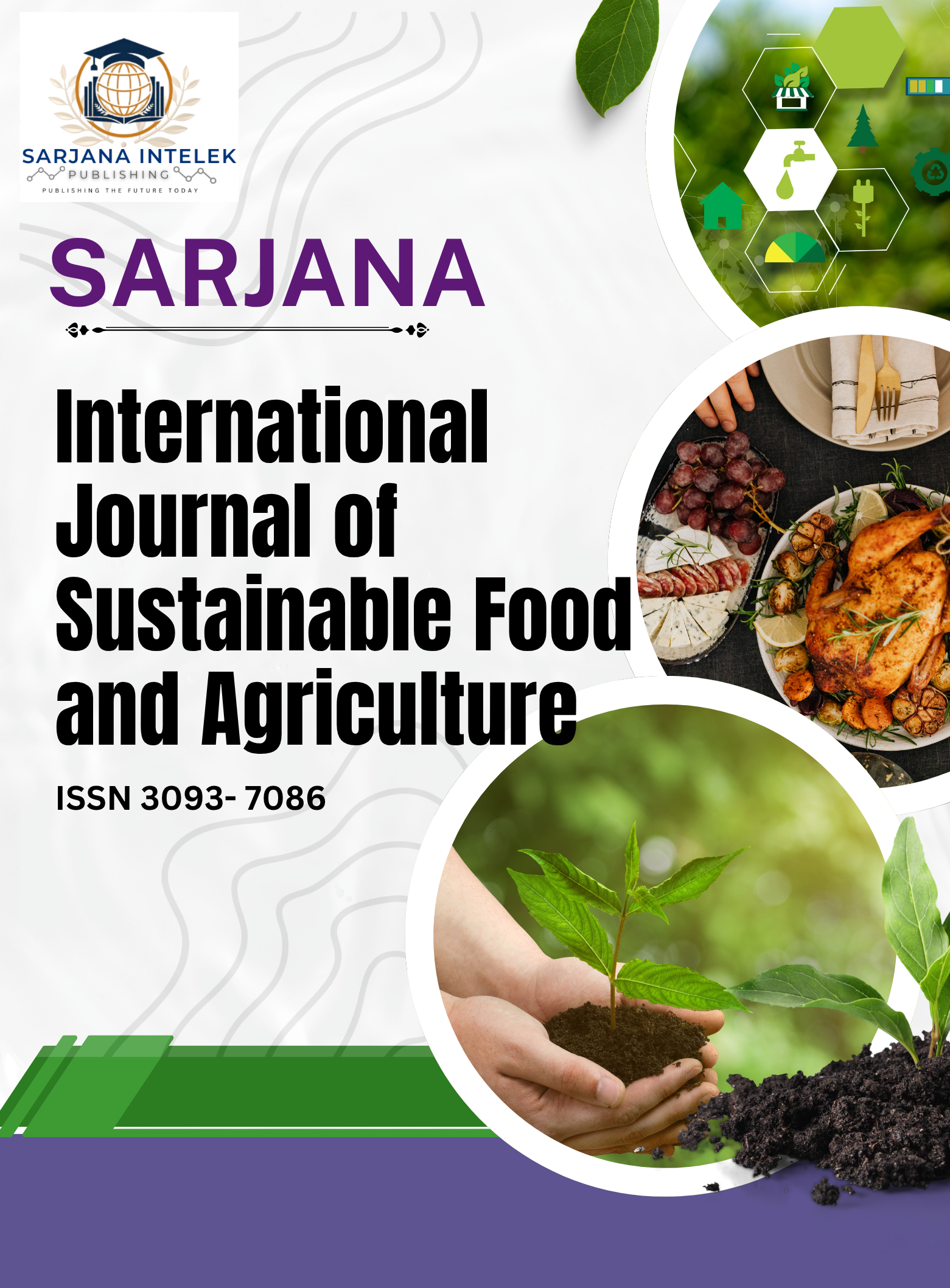The Effect of Rice and Green Banana Flours Replacement to Wheat Flour in Pumpkin Muffin on Physical Properties, Nutritional Composition and Sensory Acceptance
DOI:
https://doi.org/10.37934/sijsfa1.1.3949Keywords:
Gluten-free pumpkin muffin, rice flour, green banana flour, xanthan gum, sensory evaluationAbstract
Muffins are popular breakfast and snack foods in many cultures around the world. Traditionally, muffins are prepared using wheat flour, which contains gluten to give a structure to the product. This study sought to fulfil the increased demand for gluten-free products by establishing the best gluten-free muffin formulation for those with celiac disease. Locally sourced ingredients such as rice flour and green banana flour to replace wheat flour to produce gluten-free products could help Malaysia lessen its reliance on imported wheat. Various rice flour and green banana flour formulations were formulated and labelled as: 75% rice flour and 25% green banana flour (75% RF: 25% GBF), 50% rice flour and 50% green banana flour (50% RF: 50% GBF), 25% green banana flour and 75% green banana flour (25% RF: 75% GBF). The effect of substituting rice flour and green banana flour on the physical qualities, nutritional content, and sensory attributes of gluten-free pumpkin muffins was studied, and pumpkin muffins made with 100% wheat flour served as a control. Gluten-free pumpkin muffins with 75% rice flour and 25% green banana flour had the greatest hardness and chewiness ratings. The viscosity of the batter muffin increased as the quantity of green banana flour increased. The 25% rice flour and 75% green banana flour formulation had the highest water activity, which corresponded to the moisture, fibre, fat, and ash contents. The crust's colour gradually darkened as the amount of green banana flour substituted rose, resulting in a drop in the yellowness (b*), redness (a*), and lightness (L*) values. The muffins with the highest dE* value were those made with the highest quantity of rice flour. According to a 9-hedonic test of sensory acceptability, gluten-free pumpkin muffins made with 50% rice flour and 50% green banana flour scored the highest out of all the gluten-free pumpkin muffins. These results demonstrated that green banana flour and rice flour could be substituted for wheat flour in pumpkin muffin formulations.














